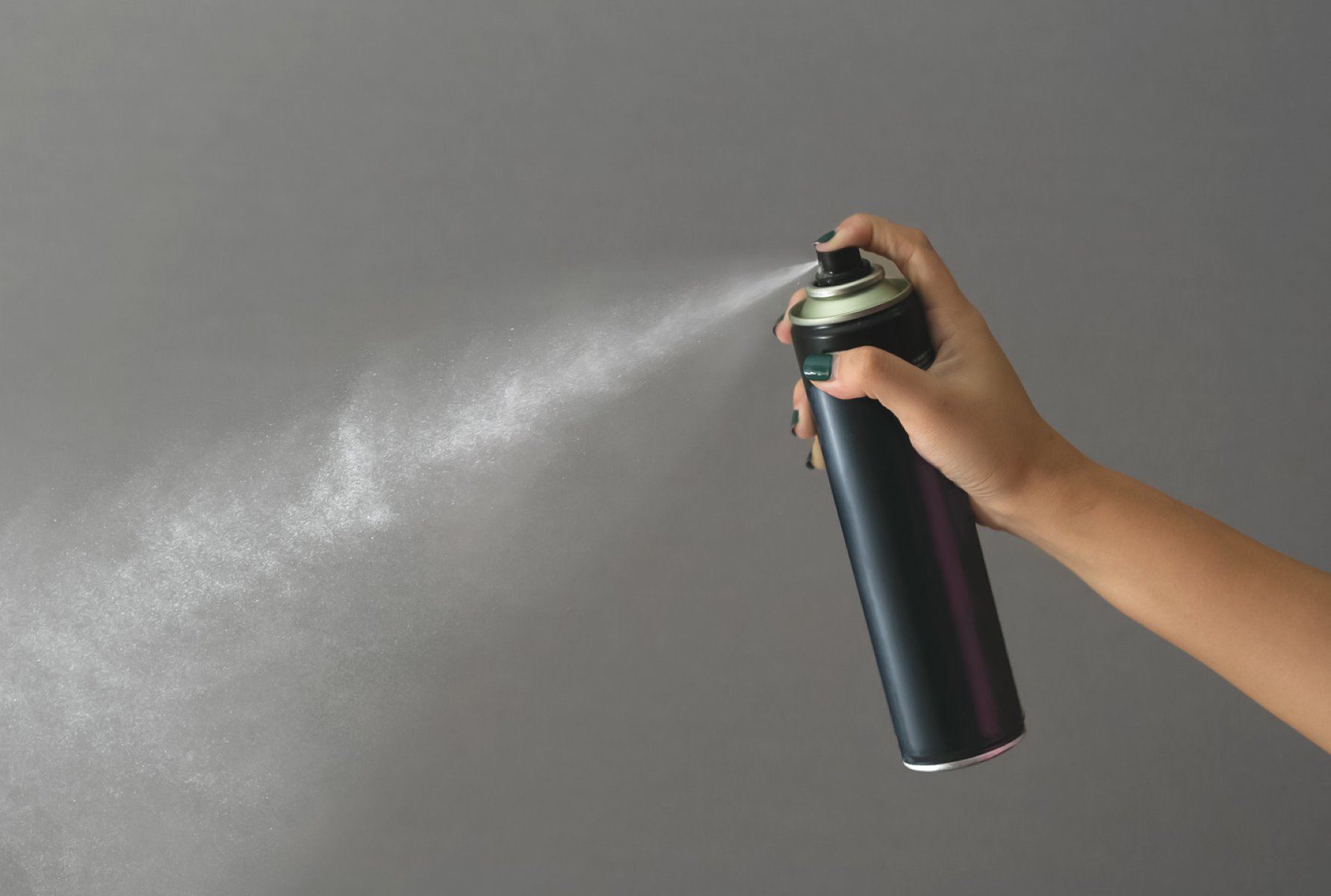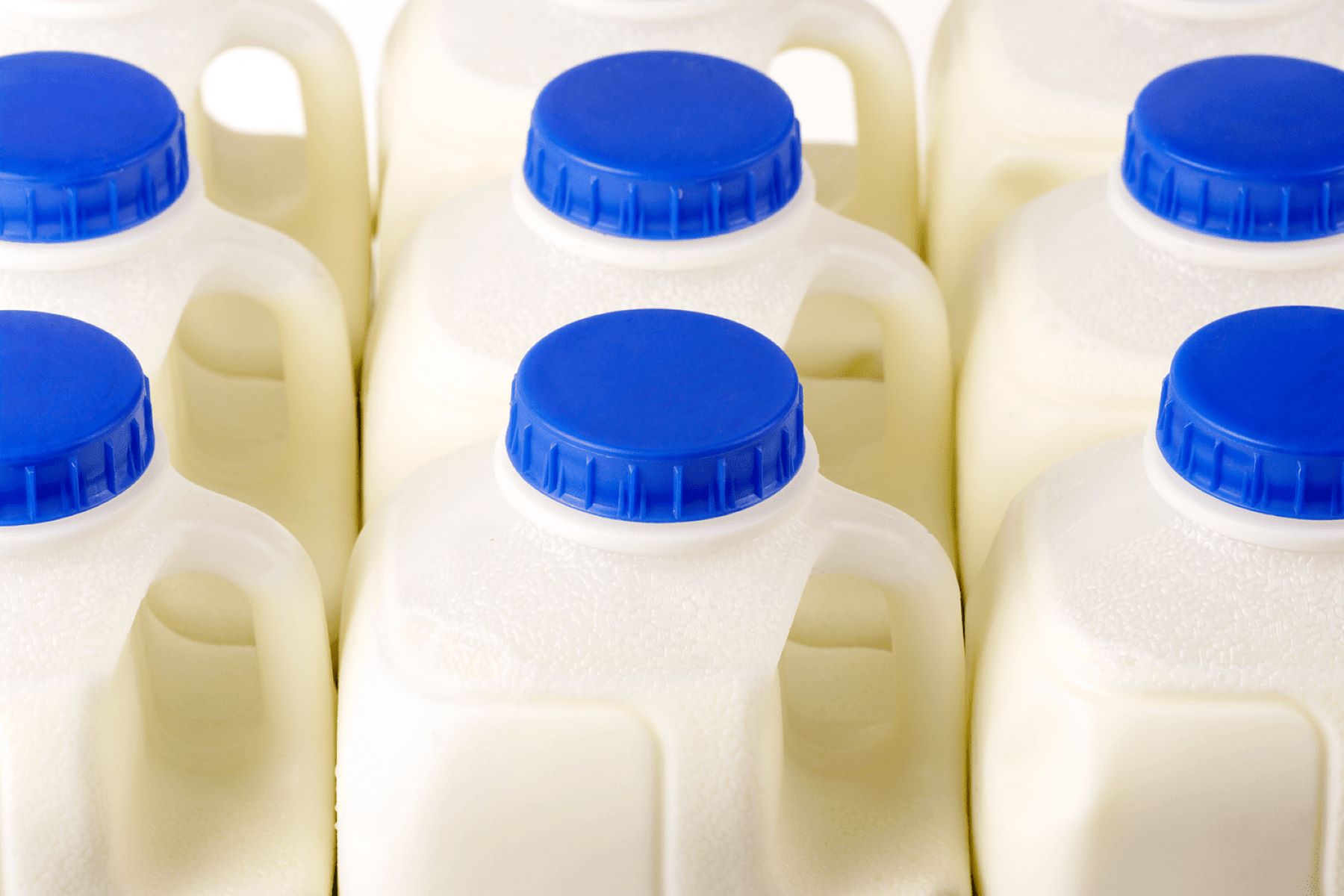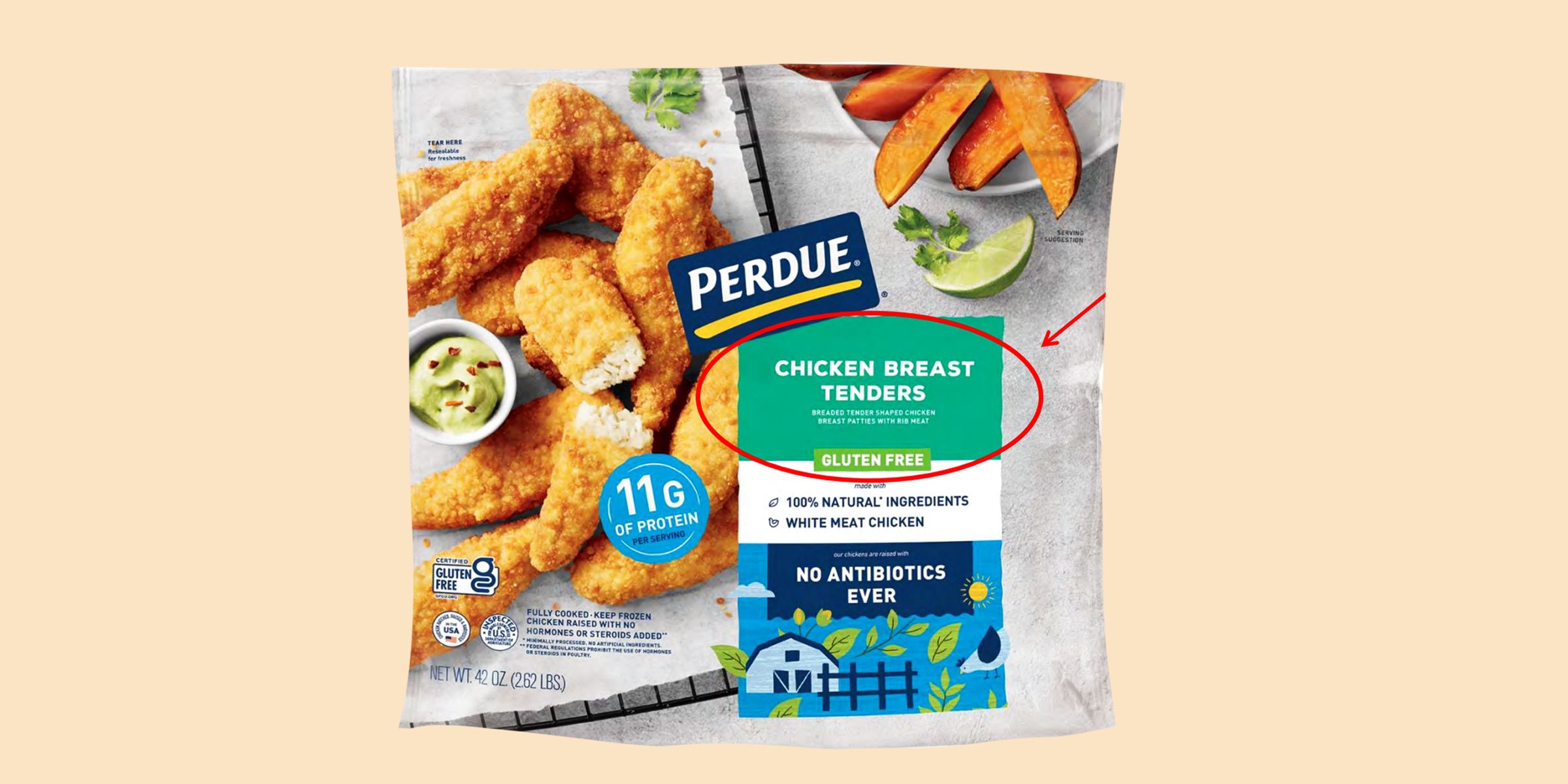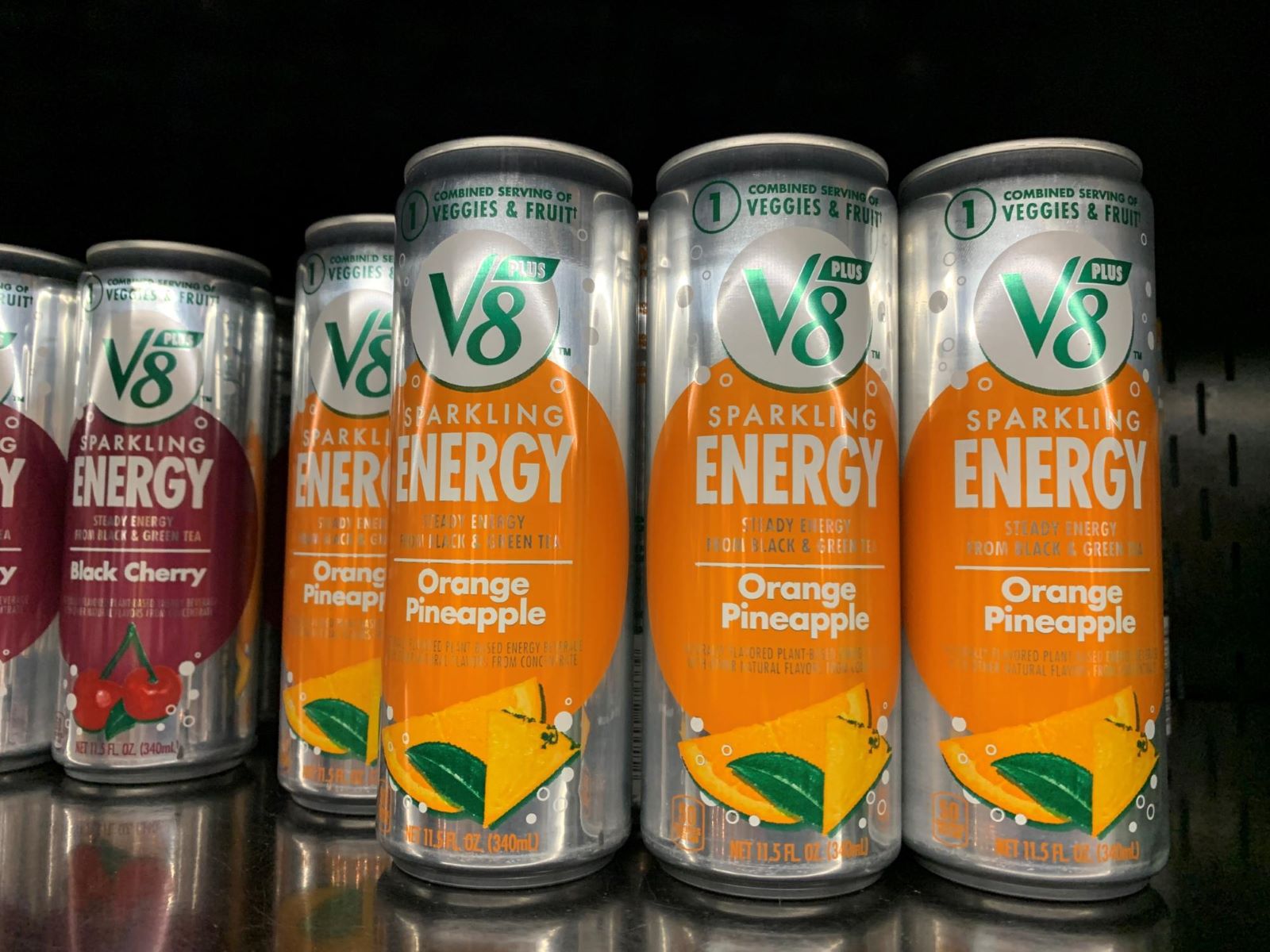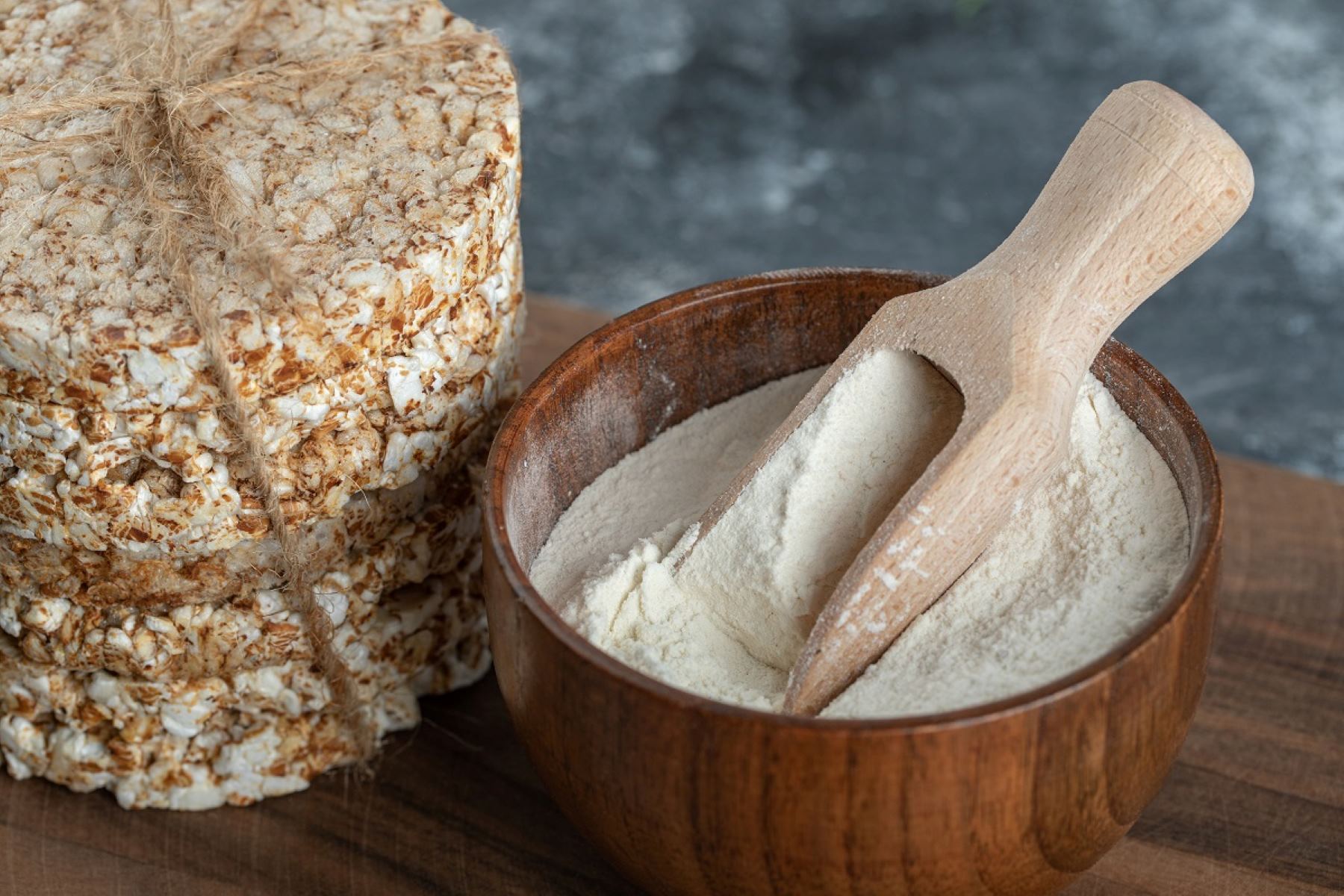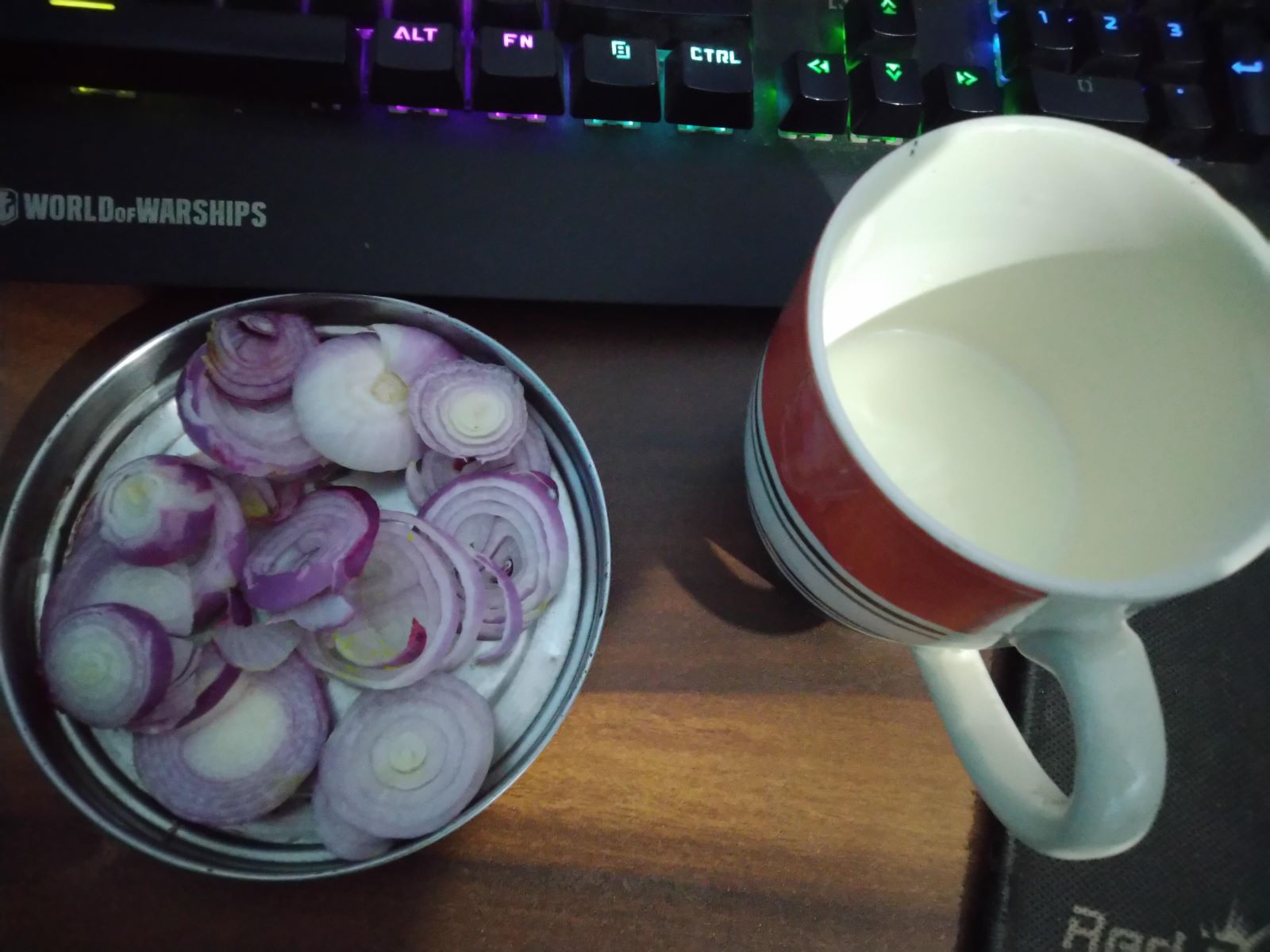Home>Health and Wellness>The Dangers Of Drinking Expired Evaporated Milk: How To Spot Rotten Milk
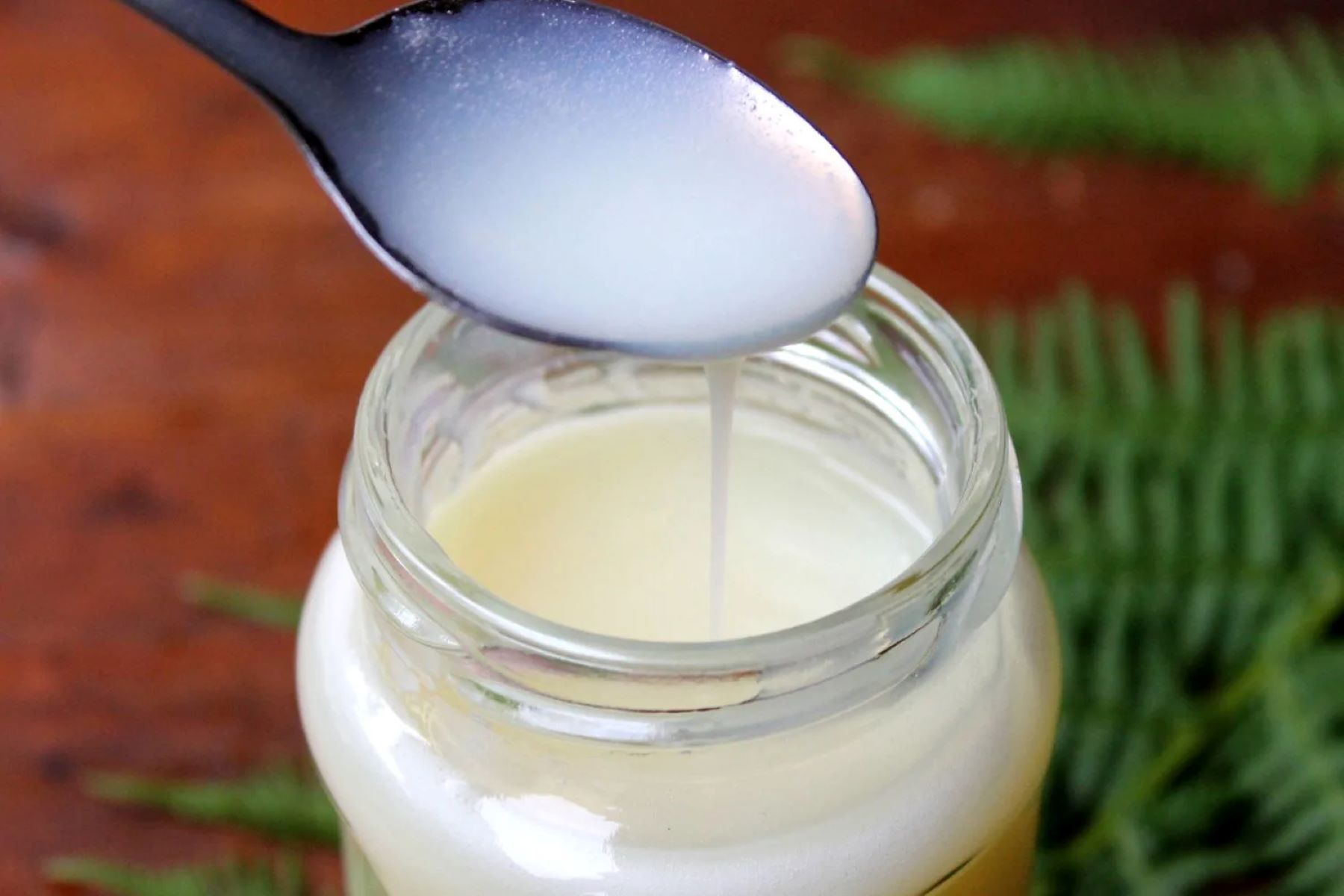

Health and Wellness
The Dangers Of Drinking Expired Evaporated Milk: How To Spot Rotten Milk
Published: February 9, 2024
Learn about the health risks of consuming expired evaporated milk and how to identify spoiled milk. Protect your health and wellness by recognizing signs of rotten milk.
(Many of the links in this article redirect to a specific reviewed product. Your purchase of these products through affiliate links helps to generate commission for Regretless.com, at no extra cost. Learn more)
Table of Contents
Introduction
Evaporated milk is a staple in many kitchens, prized for its creamy texture and versatility in both sweet and savory dishes. However, like any perishable product, it has a limited shelf life. One of the most critical aspects of using evaporated milk is being vigilant about its expiration date, as consuming expired evaporated milk can pose significant health risks.
In this article, we will delve into the potential dangers of drinking expired evaporated milk and explore the telltale signs of spoilage. Additionally, we will provide essential guidance on how to identify and safely dispose of rotten evaporated milk to safeguard your well-being and that of your family.
Understanding the risks associated with consuming expired evaporated milk is crucial for ensuring the safety of your meals and beverages. By being well-informed about the potential hazards and armed with the knowledge to detect spoilage, you can confidently navigate the realm of evaporated milk usage, minimizing the likelihood of falling victim to its adverse effects.
Now, let's embark on a journey to uncover the perils of expired evaporated milk and equip ourselves with the necessary knowledge to discern its freshness, ultimately empowering us to make informed decisions when handling this beloved kitchen essential.
What is Evaporated Milk?
Evaporated milk is a concentrated dairy product made by removing about 60% of the water from fresh milk. This process gives it a rich, creamy texture and a slightly caramelized flavor, making it a popular ingredient in a wide array of recipes. Unlike sweetened condensed milk, which contains added sugar, evaporated milk is unsweetened.
The production of evaporated milk involves heating fresh milk to remove a significant portion of its water content, resulting in a thicker consistency. This concentration of milk solids gives evaporated milk a distinct richness that can enhance the flavor and texture of various dishes, from creamy soups and sauces to decadent desserts.
One of the most appealing attributes of evaporated milk is its extended shelf life. When stored properly in a cool, dry place, unopened cans of evaporated milk can remain viable for an extended period. This makes it a convenient pantry staple for times when fresh milk may not be readily available.
In addition to its culinary applications, evaporated milk is also valued for its nutritional profile. It is a good source of protein, calcium, and vitamin D, contributing to its appeal as a versatile and healthful ingredient in cooking and baking.
Due to its concentrated nature, evaporated milk can be reconstituted with an equal amount of water to mimic the consistency of fresh milk. This makes it a practical substitute in recipes that call for regular milk, especially in situations where an extended shelf life is desired.
In summary, evaporated milk is a valuable kitchen staple known for its versatility, extended shelf life, and nutritional benefits. Its rich and creamy characteristics make it a beloved ingredient in a wide range of culinary creations, from savory dishes to delectable desserts. Understanding the unique properties of evaporated milk is essential for harnessing its potential in the kitchen and appreciating its role in elevating the flavors and textures of diverse recipes.
The Dangers of Drinking Expired Evaporated Milk
Consuming expired evaporated milk can pose serious health risks due to the potential for bacterial contamination and spoilage. When evaporated milk exceeds its expiration date, there is a heightened likelihood of harmful bacteria proliferating within the product. This can lead to foodborne illnesses, ranging from mild gastrointestinal discomfort to more severe symptoms such as vomiting, diarrhea, and abdominal pain.
One of the primary concerns associated with expired evaporated milk is the presence of bacteria, particularly the pathogenic strains such as Salmonella, E. coli, and Listeria. These microorganisms can thrive in perishable dairy products, especially when exposed to improper storage conditions or extended shelf life. Consuming contaminated evaporated milk can result in food poisoning, which can have adverse effects on one's overall well-being.
Furthermore, the alteration of the milk's composition as it ages can lead to changes in taste, texture, and odor, signaling potential spoilage. Expired evaporated milk may develop a sour or rancid flavor, indicating the breakdown of fats and proteins, rendering it unsuitable for consumption. The presence of off-putting odors or curdled consistency further underscores the importance of discerning the freshness of evaporated milk before incorporating it into recipes or consuming it directly.
In addition to the immediate health concerns, consuming expired evaporated milk can also compromise the nutritional quality of the product. Over time, the vitamins and minerals present in evaporated milk may degrade, diminishing its nutritional value. This can impact the intended benefits of using evaporated milk as a source of essential nutrients in culinary preparations.
Therefore, recognizing the dangers of consuming expired evaporated milk is paramount for safeguarding one's health and well-being. By remaining vigilant about expiration dates, practicing proper storage techniques, and promptly identifying signs of spoilage, individuals can mitigate the risks associated with expired evaporated milk, ensuring that their culinary endeavors are not compromised by compromised ingredients.
Signs of Rotten Evaporated Milk
Identifying the signs of rotten evaporated milk is crucial for ensuring that this dairy product is safe for consumption and culinary use. When assessing the freshness of evaporated milk, it's essential to be attentive to visual, olfactory, and textural cues that may indicate spoilage. Here are the key indicators of rotten evaporated milk:
-
Unpleasant Odor: One of the most telling signs of spoiled evaporated milk is a noticeable change in its odor. Fresh evaporated milk typically possesses a mild, creamy aroma. However, when it has gone bad, the milk may emit a sour, rancid, or off-putting smell. If you detect an unpleasant or pungent odor upon opening the container, it is a clear indication that the evaporated milk has spoiled and should not be consumed.
-
Unusual Texture: Another notable sign of rotten evaporated milk is a discernible alteration in its texture. When fresh, evaporated milk exhibits a smooth, creamy consistency. However, if the milk has deteriorated, it may appear curdled, lumpy, or separated. The presence of clumps or an uneven, grainy texture is a strong indication that the milk has soured and is no longer suitable for use.
-
Abnormal Color: Fresh evaporated milk typically boasts a uniform, creamy color. When it has spoiled, the milk may take on a yellowish or discolored hue, signaling a breakdown in its composition. Any noticeable changes in color, such as darkening or the presence of unusual specks, should raise concerns about the milk's freshness and safety for consumption.
-
Taste Test: While not always recommended, tasting a small amount of evaporated milk can provide additional insight into its condition. If the milk tastes sour, bitter, or has an unpleasant aftertaste, it is a clear indication of spoilage. However, it's important to exercise caution when conducting a taste test and consider the potential health risks associated with consuming spoiled dairy products.
By remaining attentive to these signs of rotten evaporated milk, individuals can make informed decisions regarding its suitability for use in recipes or consumption. Promptly discarding any evaporated milk that exhibits these indicators of spoilage is essential for preventing potential health risks and maintaining the integrity of culinary creations.
How to Safely Dispose of Expired Evaporated Milk
When faced with the task of disposing of expired evaporated milk, it is essential to prioritize safety and environmental responsibility. Improper disposal of dairy products can lead to potential contamination and environmental harm, making it crucial to adhere to proper disposal methods. Here's a comprehensive guide on how to safely dispose of expired evaporated milk:
-
Check Local Regulations: Before disposing of expired evaporated milk, it is advisable to familiarize yourself with local waste disposal regulations. Some areas may have specific guidelines for discarding dairy products, and adherence to these regulations is essential for responsible waste management.
-
Seal in a Secure Container: To prevent leakage and minimize odors, transfer the expired evaporated milk into a secure, leak-proof container with a tight-fitting lid. This container should be designated for dairy waste and clearly labeled to avoid confusion with other items.
-
Refrigeration: If the expired evaporated milk has been stored in the refrigerator, promptly seal it in a container and place it in a sealed plastic bag before disposing of it. This extra layer of containment helps prevent any potential leakage and minimizes exposure to the surrounding environment.
-
Solidify Before Disposal: If the expired evaporated milk is in a liquid state, consider solidifying it before disposal. This can be achieved by mixing it with an absorbent material such as cat litter, sawdust, or flour. Once the mixture solidifies, it can be disposed of more effectively.
-
Secure Disposal: Place the sealed container of expired evaporated milk in a sturdy garbage bag to contain any potential leaks. Tie the bag securely to prevent spillage and place it in the designated trash bin for collection.
-
Avoid Sink Disposal: It is important to refrain from pouring expired evaporated milk down the sink or toilet, as this can lead to potential environmental contamination and plumbing issues. Proper containment and disposal through solid waste management channels are essential for minimizing environmental impact.
By following these guidelines for the safe disposal of expired evaporated milk, individuals can contribute to responsible waste management practices and minimize the potential impact on the environment. Prioritizing proper containment, labeling, and adherence to local regulations ensures that expired dairy products are disposed of in a manner that mitigates environmental risks and promotes sustainable waste management.
Read more: How To Drink Bourbon
Conclusion
In conclusion, the dangers of consuming expired evaporated milk are not to be underestimated. The potential for bacterial contamination, compromised taste and texture, and diminished nutritional quality underscore the importance of exercising vigilance when handling this dairy product. By recognizing the signs of rotten evaporated milk, individuals can make informed decisions to protect their health and well-being.
When confronted with expired evaporated milk, it is crucial to prioritize safe disposal practices. Adhering to local waste disposal regulations, sealing the milk in a secure container, and refraining from sink disposal are essential steps in minimizing environmental impact and promoting responsible waste management.
By understanding the risks associated with expired evaporated milk and implementing proper disposal methods, individuals can navigate the realm of dairy product usage with confidence and mindfulness. This knowledge empowers them to safeguard their health, uphold culinary integrity, and contribute to sustainable waste management practices.
Ultimately, the journey to uncover the perils of expired evaporated milk serves as a reminder of the significance of food safety and environmental stewardship. Armed with the knowledge to discern freshness, identify spoilage, and responsibly dispose of expired evaporated milk, individuals can navigate the culinary landscape with heightened awareness and a commitment to promoting well-being and environmental sustainability.



